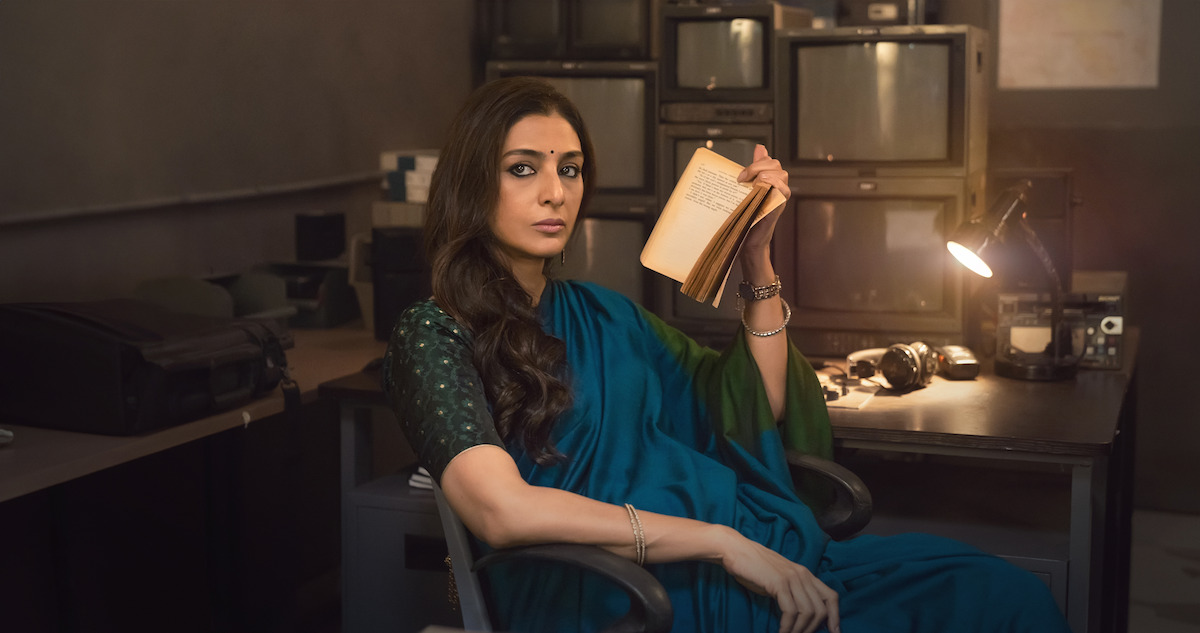Is Khufiya based on a true story? Let’s uncover the truth behind Netflix’s thrilling espionage mystery.
Netflix’s latest “Khufiya,” has set hearts racing and minds whirling with its gripping narrative, leaving audiences pondering one persistent question: Is this enigmatic tale grounded in reality? The film, adapted from Amar Bhushan’s novel, delves into the clandestine world of Krishna Mehra, a devoted operative of India’s renowned intelligence agency, R&AW, who embarks on a perilous mission to unveil a traitorous mole leaking secrets to rival operatives. Yet, lurking beneath this cloak-and-dagger intrigue lies a labyrinth of even deadlier secrets, some of which hit uncomfortably close to home.
Here, we dive into the heart of this mystery to separate fact from fiction. A word of caution, though: our quest for truth may lead us down the treacherous path of spoilers.
The Intricate Web of “Khufiya”
The plot of “Khufiya” mirrors the well-trodden path of espionage narratives. We find Krishna, the R&AW agent, on a mission to compromise a Bangladeshi politician whose connections with Pakistan’s ISI have raised eyebrows in India. The ISI, a rival intelligence agency, poses a significant threat to the nation, prompting Krishna to enlist the help of a woman named Heena. However, tragedy strikes when Heena meets a tragic end, and the specter of a mole compromising their mission looms ominously.
The prime suspect, Ravi Mohan, is subjected to close scrutiny. Yet, as the layers are peeled back, the operation takes a personal and conflicted turn, setting in motion a perilous game of cat and mouse that imperils all involved.
The Truth Behind “Khufiya”
In the world of cinematic thrillers, the line between fact and fiction often blurs, allowing filmmakers to craft enthralling tales while incorporating real-life elements for a more satisfying viewing experience. The source material for the movie, Amar Bhushan’s book, is declared unequivocally as a work of fiction. This declaration raises intriguing questions about the film’s claim to be rooted in real events.
It’s worth noting that while certain pivotal characters, such as Ravi, may draw inspiration from real-life counterparts, “Khufiya” diverges from the book in several respects. Notably, the gender of the protagonist, Krishna Mehra, was altered for cinematic appeal. Such creative liberties may complicate the quest for authenticity, but they often serve the purpose of delivering an engaging and relatable narrative.
Moreover, the ending of the book and the film diverge significantly, further blurring the line between fact and fantasy. In many ways, “Khufiya” mirrors the world of espionage itself, where nothing is ever as straightforward as it seems.
Unmasking the Characters
If we look for any semblance of reality within “Khufiya,” it is Ravi who appears to have the closest connection to a real-life figure. He seems to be inspired by the Joint Secretary of R&AW, who, in 2004, reportedly escaped to the United States. As for Krishna Mehra, the character appears to be a composite of various real-life experiences, meticulously adjusted to craft a captivating fictional persona for the movie.
In the world of “Khufiya,” the boundaries between fiction and reality are deliberately blurred, serving as a testament to the intricate and deceptive nature of espionage. As the credits roll, the audience is left to wonder just how much of the thrilling narrative was inspired by true events and how much was an artful creation of cinematic imagination.

